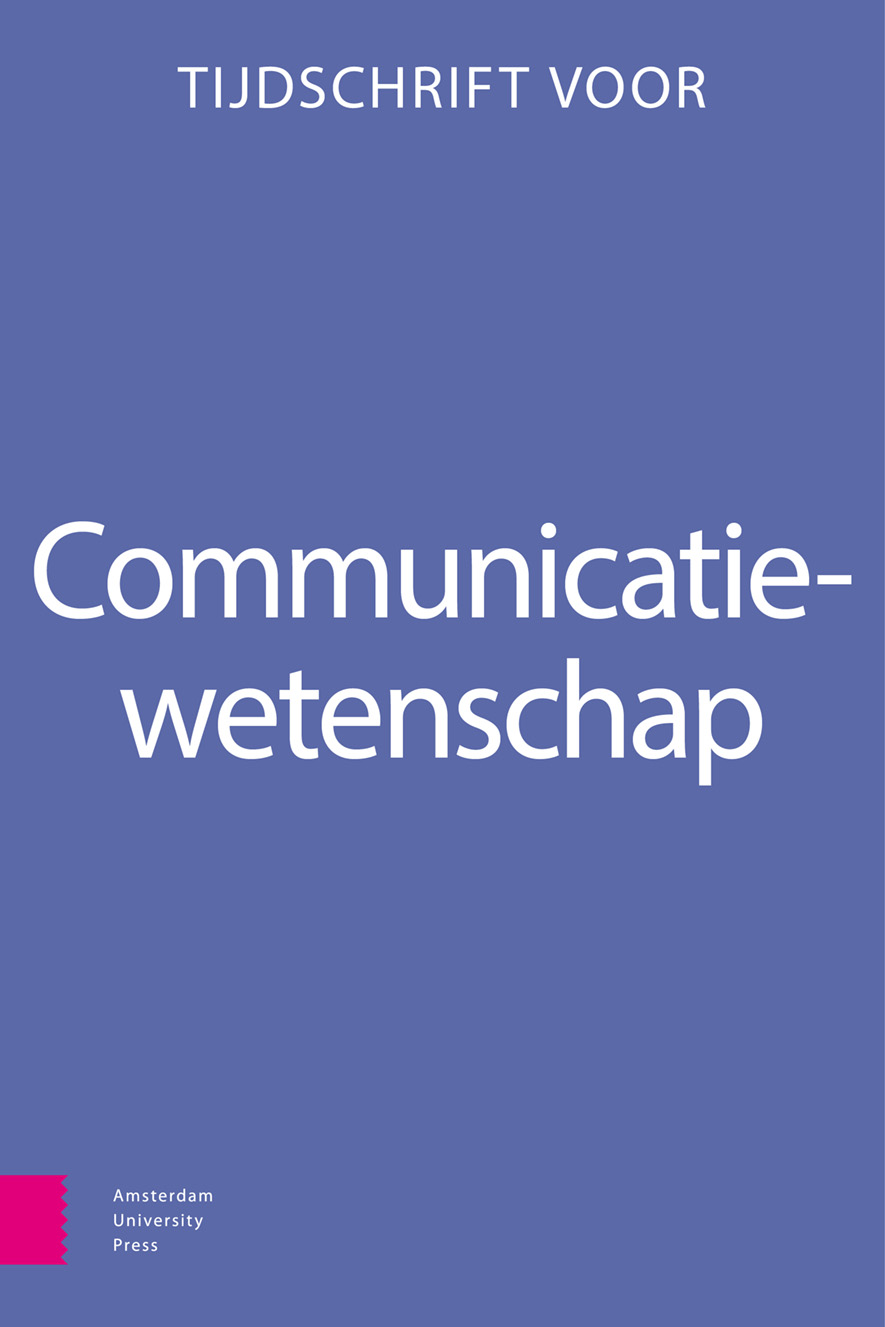-
oa Representatie van sekswerk in Nederland: een vergelijking tussen Jojanneke in de prostitutie en Filemon op de Wallen
- Amsterdam University Press
- Source: Tijdschrift voor Communicatiewetenschap, Volume 49, Issue 2, Jan 2021, p. 166 - 184
Abstract
Representation of sex work in the Netherlands: a comparison between Jojanneke in de prostitutie and Filemon op de Wallen
Since 1999, sex work in the Netherlands has been partly legalized. Despite a reputation of tolerance, Dutch media represent sex workers as victims, opening the door to more restrictive policy. In this article, we report on a discourse analysis of two documentary series, Jojanneke in the prostitution (2015) and Filemon in the Red Light District (2017). We show that stigmatizing discourses dominate the former: sex work is brought as a gruesome, criminal practice, that even as a chosen profession is unattractive, where Dutch natives and escorts are the exception to the rule and where women lack agency. The latter title is more ambivalent. Discourses of sex work as work dominate, but it also emphasizes that sex work is an unattractive profession where Eastern-European workers are naive victims and that is inextricably related to crime. Recommendations for journalists to counter stigma are made.


